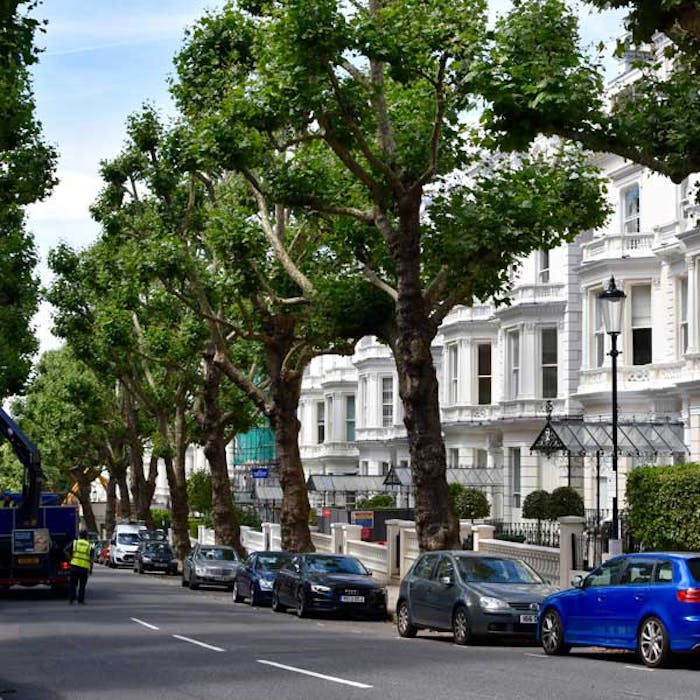
The London plane - a natural survivor in the city
Providing trees in a built up city landscape is a noble mission - but sometimes a challenge. In many British cities, the species of choice has been the London plane - an impressive deciduous tree with hand-shaped leaves, and bark that flakes off.
Its popularity is a reflection of the London Plane's ability to cope well with urban conditions.
London plane trees are not actually native to London, nor even to the UK. Their precise origins are unknown, though the species is thought to be a hybrid between the American sycamore and the majestic Oriental plane. The tree was discovered in the mid-17th century by plant collector and gardener John Tradescant the younger in his famous nursery garden in Vauxhall, where an American sycamore and Oriental plane had both been planted.
The tree has several adaptations that allow it to thrive in city centres. The bark breaks away in large flakes in order that the tree can cleanse itself of pollutants. It also requires little root space and can survive in most soils.
London's planners were inspired to beautify the city by the tree-lined boulevards of Paris. The trees planted following the construction of the Victoria Embankment, from Blackfriars to the Houses of Parliament, were the first in the city to be systematically included in a modern landscape development scheme. While there are other, older planes in the capital – such as those in Mayfair’s Berkeley Square, which date from 1789 – it was the trees along the Embankment that caught the Victorian imagination and led to planes becoming London’s most popular tree. Other cities in the UK soon followed suit.
To keep their growth within bounds, many of the trees are regularly pollarded – their branches lopped-off to maintain a regular size and shape. Others, particularly those in parks and open spaces, are left to attain their ‘natural’ size, which can be very large indeed - around 100 feet in height, sometimes even more. Some of the biggest and tallest trees in London are planes.
Further reading
Links to external websites are not maintained by Bite Sized Britain. They are provided to give users access to additional information. Bite Sized Britain is not responsible for the content of these external websites.
